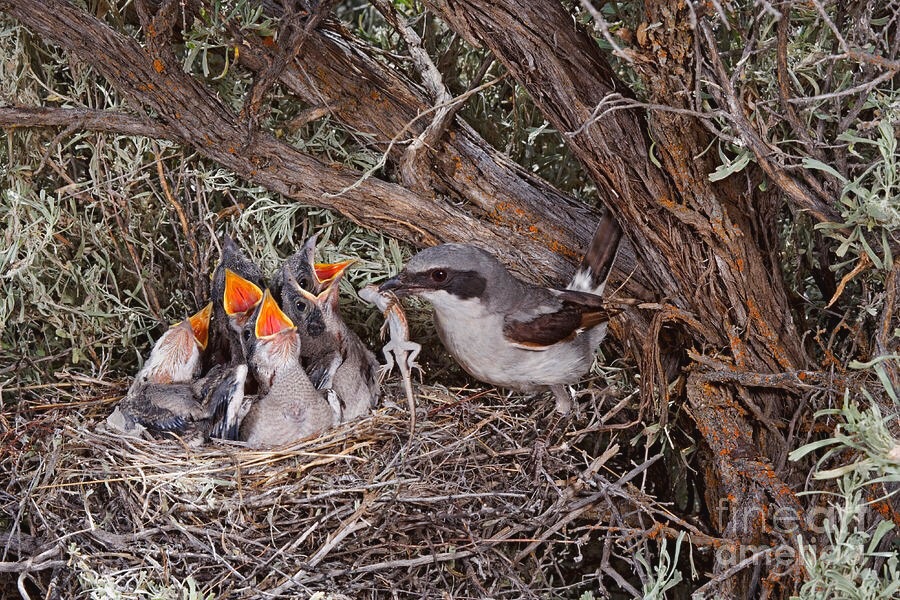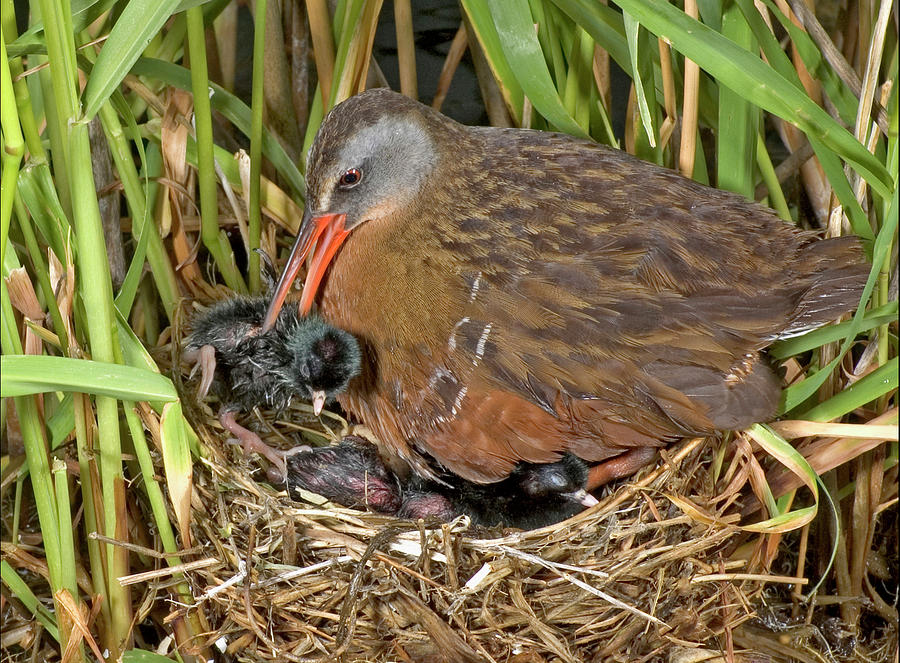Starting a book project…
On my 40th birthday friends presented me with a copy of world renowned bird painter J. Fenwick Lansdowne’s 11″ x14″ book ‘Birds of the West Coast’ Volume 1. I loved the format. It had the name and text on the left hand side of the pages with the paintings on the right. His Royal Highness Prince Philip, the Duke of Edinburgh, wrote it’s Foreword.
It was the inspiration for a title that I co-authored with Isidor Jeklin of Toronto ‘The Art of Photographing North American Birds’. In this title, my publisher choose to place all the text in the front of the book with the photographs featured at the back. Just before our book was published in 1984, I wrote to Fenwick and after seeing some of our images he generously agreed to write its Foreword.
Some years later my wife Tina and I visited Victoria and we enjoyed a beautiful meal at the Empress Hotel with Fen and his wife Helen. The following day Tina and I had the privilege of visiting Fenwick’s studio and I came very close to purchasing an original painting of a Wilson’s Warbler. A short time later Fenwick left Victoria for Hong Kong to paint birds for the title ‘The Rare Birds of China’.
https://en.m.wikipedia.org/wiki/Fenwick_Lansdowne
Over the years I’ve both self published and had publishers. Looking back, I’d never ever again consider self publishing. It’s just too hard to distribute a title so I’m on the hunt for a publisher. Below is the rough outline for a possible 8.5″ x 11″ book ‘The Evolving Challenges’ (of bird photography at a nest):
The above ‘book’ does not always work. If you have trouble do a search for:
“issuu The Evolving Challenges Donald Waite”

A hungry almost-ready-fledge Cedar Waxwing literally turns upside down begging for food.

A male Red-wing Blackbird makes a rare visit to a tippy nest containing young.













